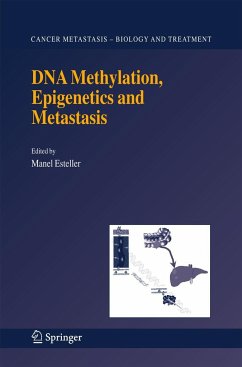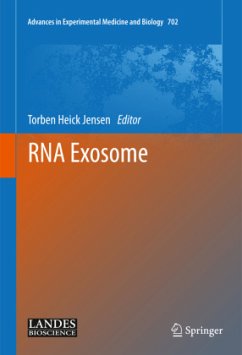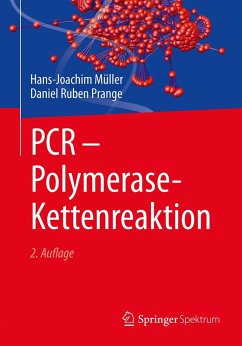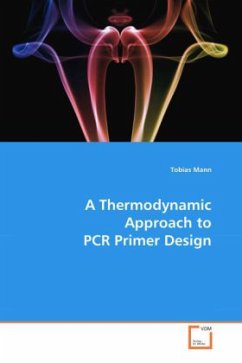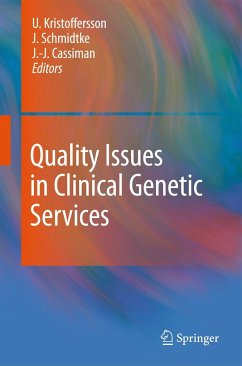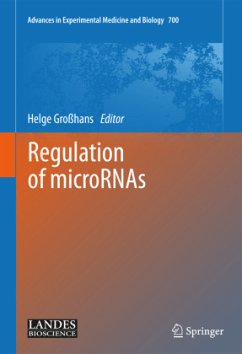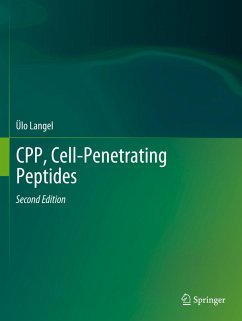
Molecular Diagnostic PCR Handbook

PAYBACK Punkte
116 °P sammeln!
This book gives a comprehensive account of the practical aspects of PCR and strong consideration is given to ensure its optimal use in a laboratory environment. This includes the theoretical aspects related to PCR, setting-up of a PCR laboratory and good Laboratory Practice and standardised PCR protocols to detect animal disease pathogens. Examples of Standard Operating Procedures as used in individual specialist laboratories and an outline of training materials necessary for PCR technology transfer are presented. The difficulties, advantages and disadvantages in PCR applications are explained and placed in context with other test systems. Emphasis is placed on the use of PCR for detection of pathogens with a particular focus on diagnosticians and scientists from the developing world. It is hoped that this book will enable readers from various disciplines and levels of expertise to better judge the merits of PCR and to increase their skills and knowledge in order to assist in a more logical, efficient and assured use of this technology.
PREFACE The Joint FAO/IAEA Division of Nuclear Techniques in Food and Agriculture is involved in agricultural research and development and assists Member States of FAO and IAEA in improving strategies to ensure food security through the use of nuclear techniques and related biotechnologies, where such techniques have a valuable and often unique role. In particular, molecular diagnostic methods have rapidly evolved in the past twenty years, since the advent of the Polymerase Chain Reaction (PCR). They are used in a wide range of agricultural areas such as, improving soil and water management; producing better crop varieties; diagnosing plant and animal diseases; controlling insect pests and improving food quality and safety. The uses of nucleic acid-directed methods have increased significantly in the past five years and have made important contributions to disease control country programmes for improving national and international trade. These developments include the more routine use of PCR as a diagnostic tool in veterinary diagnostic laboratories. However, there are many problems associated with the transfer and particularly, the application of this technology. These include lack of consideration of: the establishment of quality-assured procedures, the required set-up of the laboratory and the proper training of staff. This can lead to a situation where results are not assured. This book gives a comprehensive account of the practical aspects of PCR and strong consideration is given to ensure its optimal use in a laboratory environment. This includes the setting-up of a PCR laboratory; Good Laboratory Practice and standardised of PCR protocols.





